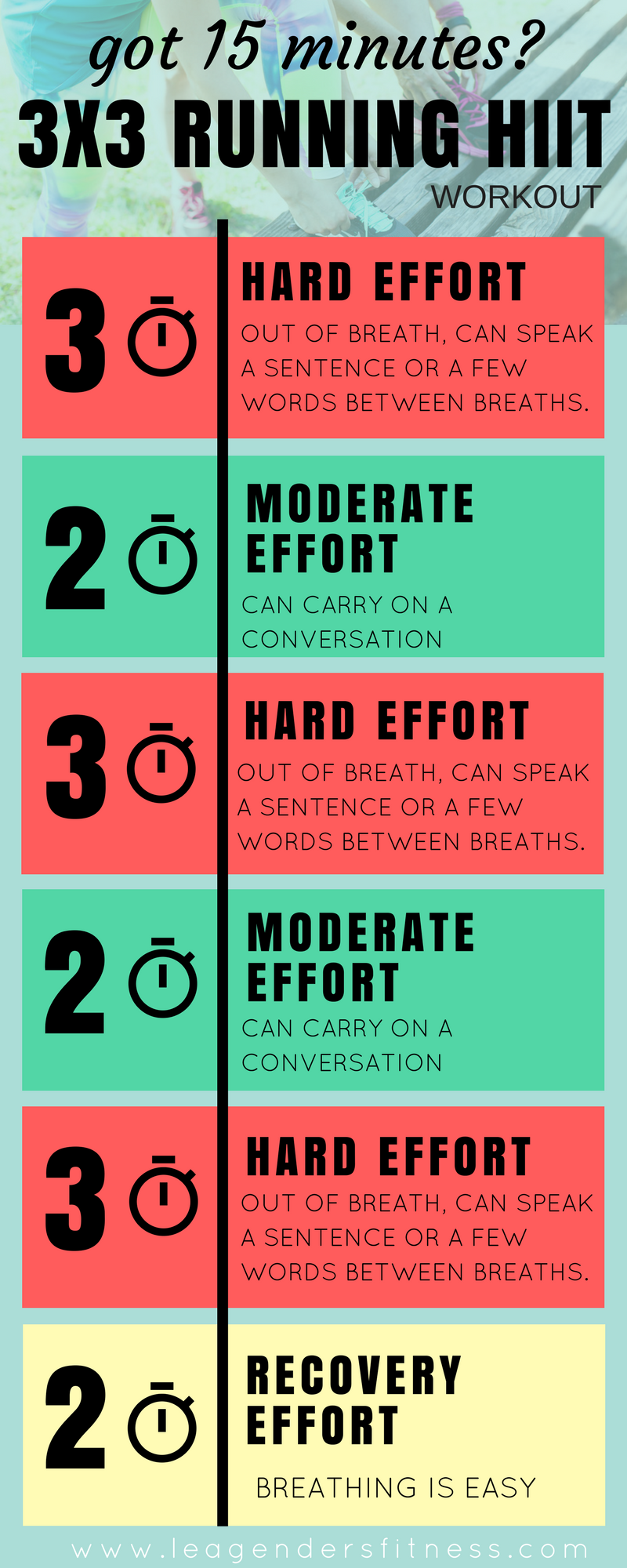Taking Care Of Typical Running Discomforts: Causes, Solutions, and Avoidance
As joggers, we usually come across numerous pains that can impede our performance and enjoyment of this exercise. From the devastating discomfort of shin splints to the bothersome IT band disorder, these usual running pains can be irritating and demotivating. Understanding the causes behind these conditions is crucial in successfully addressing them. By checking out the origin reasons for these operating discomforts, we can discover targeted options and preventive procedures to guarantee a smoother and a lot more meeting running experience (original site).
Common Running Pain: Shin Splints
Shin splints, a typical running pain, usually result from overuse or incorrect footwear during physical activity. The recurring stress on the shinbone and the cells affixing the muscular tissues to the bone leads to swelling and pain.
To stop shin splints, individuals ought to progressively enhance the strength of their exercises, wear suitable shoes with correct arch support, and maintain flexibility and toughness in the muscle mass surrounding the shin (running strategy). Additionally, including low-impact tasks like swimming or biking can aid keep cardio health and fitness while allowing the shins to recover.
Common Running Discomfort: IT Band Syndrome
In addition to shin splints, one more common running discomfort that athletes often experience is IT Band Disorder, a condition caused by swelling of the iliotibial band that leaves the outer upper leg and knee. IT Band Disorder usually manifests as discomfort outside of the knee, particularly throughout tasks like running or biking. The iliotibial band is a thick band of fascia that attaches the hip to the shin, and when it comes to be inflamed or limited, it can massage against the thigh bone, resulting in pain and pain.
Runners experiencing IT Band Disorder might discover a painful or aching experience on the outer knee, which can get worse with continued activity. Factors such as overuse, muscle imbalances, incorrect running type, or insufficient warm-up can contribute to the growth of this condition. To avoid and ease IT Band Syndrome, joggers ought to concentrate on extending and reinforcing workouts for the hips and upper legs, appropriate footwear, gradual training development, and addressing any type of biomechanical concerns that might be worsening the trouble. Overlooking the symptoms of IT Band Syndrome can result in chronic concerns and prolonged recuperation times, highlighting the significance of early treatment and proper management methods.
Common Running Discomfort: Plantar Fasciitis

Plantar Fasciitis can be credited to numerous factors such as overtraining, improper shoes, working on difficult surface areas, or having high arches or flat feet. To prevent and ease Plantar Fasciitis, runners can incorporate stretching exercises for the calf bones and plantar fascia, wear encouraging footwear, keep a healthy weight to reduce stress on the feet, and slowly raise running intensity to avoid unexpected stress on the plantar fascia. If signs persist, it is suggested to consult a medical care professional for appropriate medical diagnosis and therapy alternatives to resolve the problem properly.
Typical Running Discomfort: Runner's Knee
After attending to the difficulties of Plantar Fasciitis, an additional widespread problem that joggers commonly encounter is Jogger's Knee, a common running discomfort that can hinder athletic performance and create pain during physical task. Jogger's Knee, additionally understood as patellofemoral discomfort disorder, manifests as discomfort around or behind the kneecap. Runners experiencing this pain might feel a dull, aching discomfort while running, going up or down stairways, or after long term periods of sitting.
Usual Running Pain: Achilles Tendonitis
Typically affecting runners, Achilles Tendonitis is an unpleasant condition that influences the Achilles tendon, triggering discomfort and possible constraints in exercise. The Achilles ligament is a thick band of cells that attaches the calf bone muscular tissues to the heel bone, vital for tasks like running, jumping, and walking - check here. Achilles Tendonitis often establishes due to overuse, inappropriate footwear, inadequate stretching, or sudden increases in exercise
Symptoms of Achilles Tendonitis consist of pain and rigidity along the ligament, particularly in the morning or after periods of inactivity, swelling that gets worse with task, and potentially bone stimulates in chronic situations. To stop Achilles Tendonitis, it is crucial to extend effectively in the past and after running, put on suitable shoes with correct support, progressively boost the strength of workout, and cross-train to lower repeated anxiety on the ligament.
Conclusion
:max_bytes(150000):strip_icc()/running-longer-or-faster-31e97070bda14ffc8afdea52094504c7.jpg)